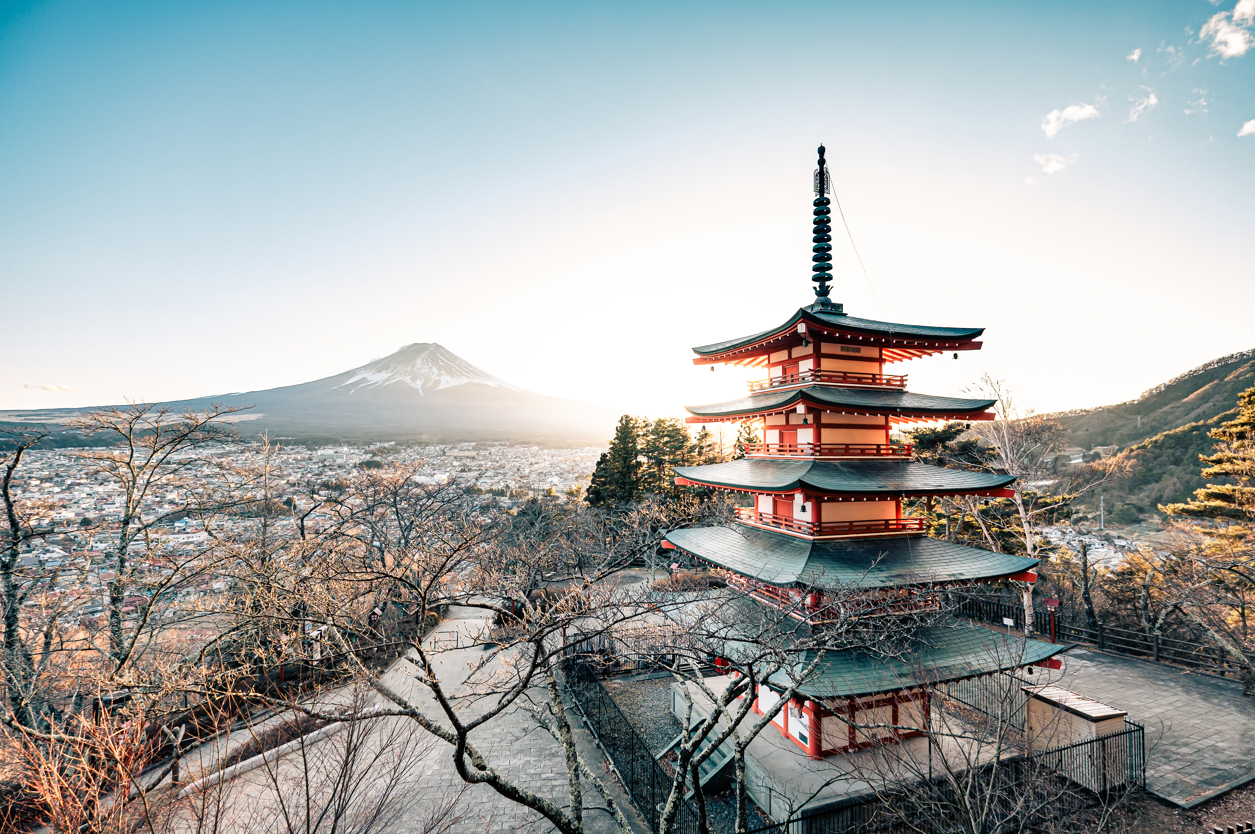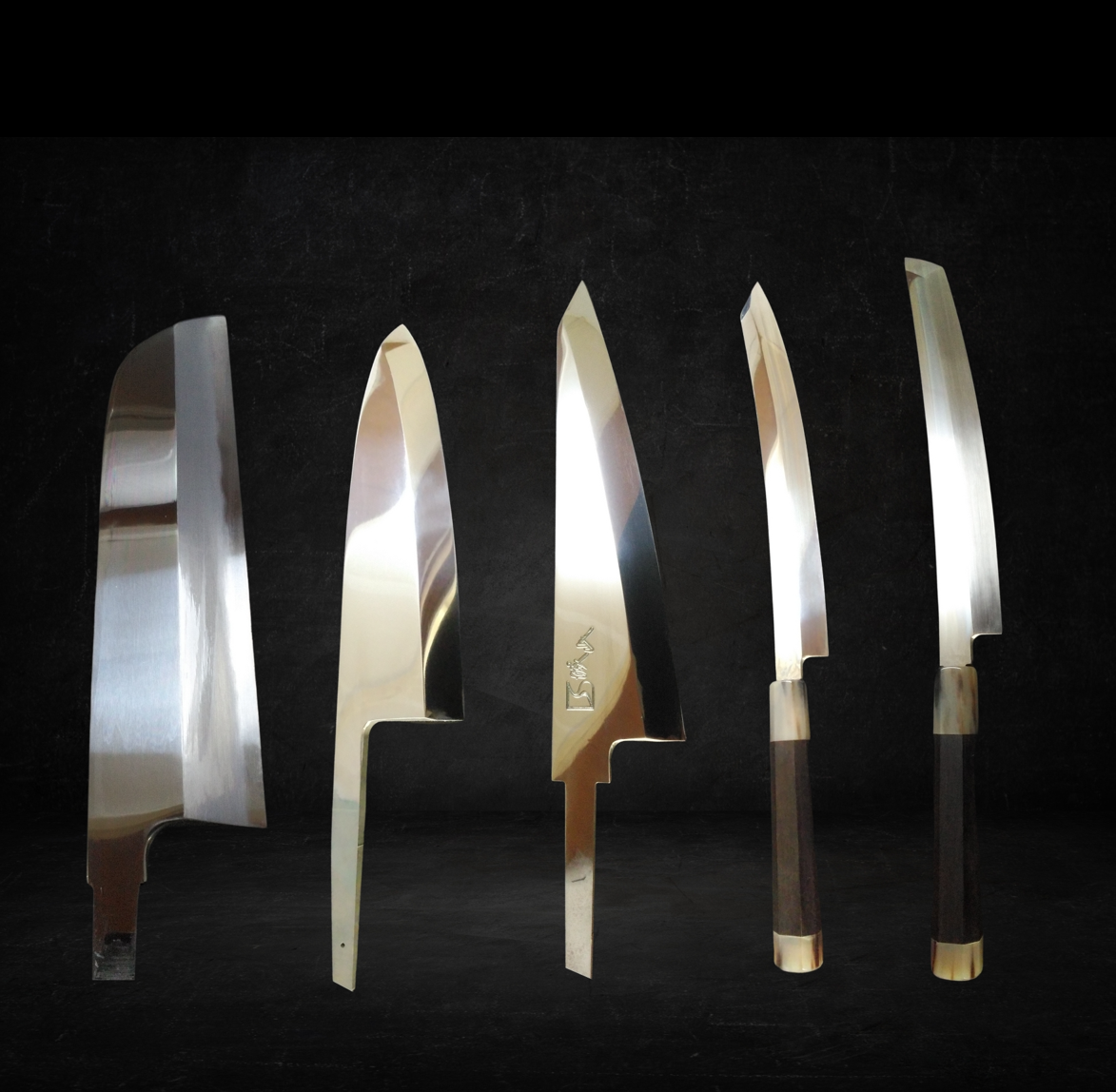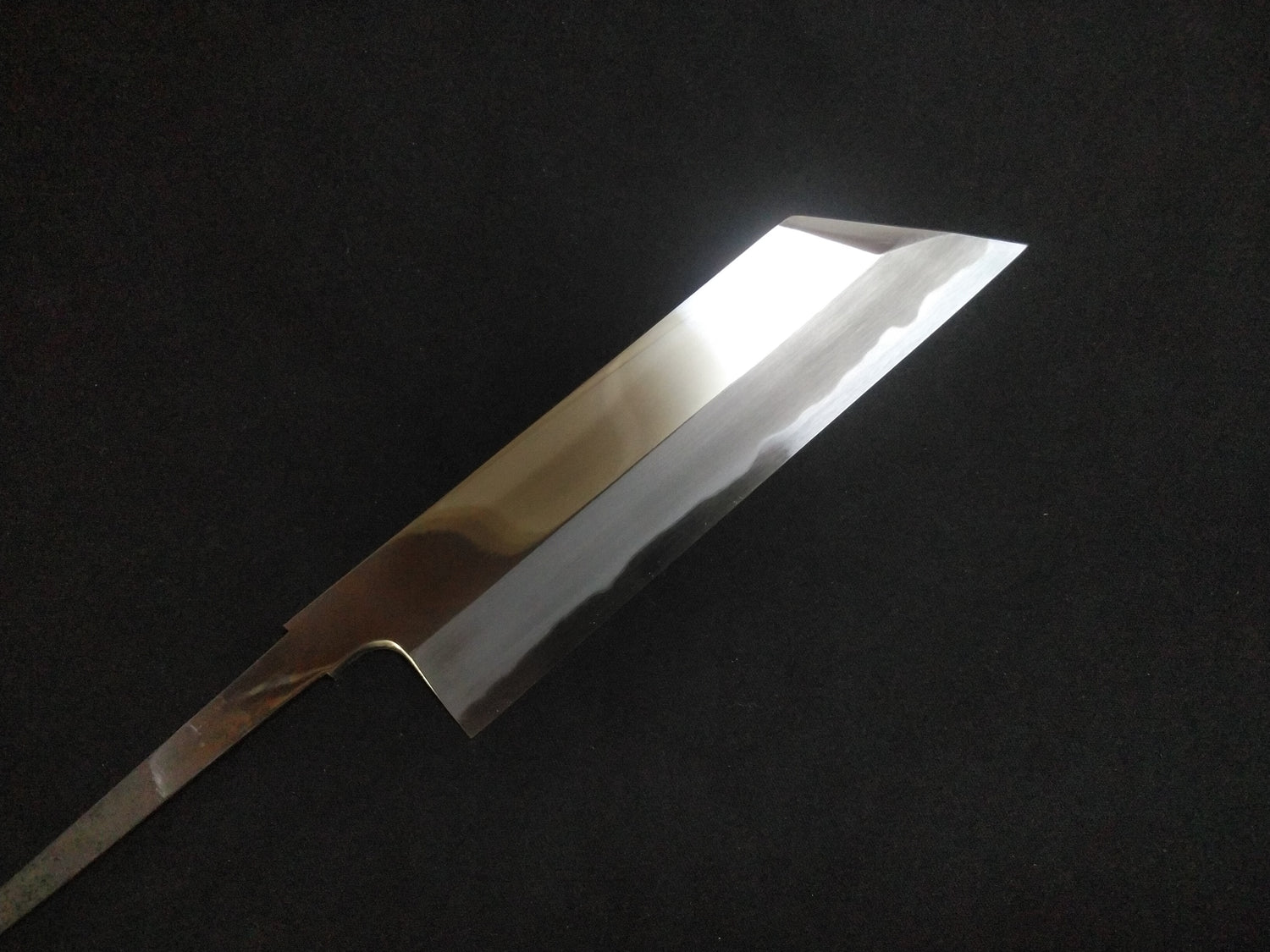
-
Why are Japanese Knives Sharpened on One Side?
-
In the vast and varied world of cutlery, a fascinating distinction lies between the traditional Japanese "single-edged" knives and the more globally common "double-edged" knives. This distinction is deeply rooted in the cultural and historical fabric of Japan, drawing inspiration from the legendary Japanese sword - the katana.
-

The Samurai Influence on Japanese Knives
Imagine the iconic image of a samurai warrior swiftly drawing their long, curved katana from its sheath. This action, facilitated by the sword's unique curvature, is a hallmark of samurai combat, designed for precise, slashing strikes from horseback. This principle of sharp, pulling cuts is mirrored in the design and functionality of Japanese knives, particularly evident in the preparation of traditional Japanese cuisine. For instance, the technique used by sushi chefs to slice sashimi showcases the same principle, where the knife's edge is drawn across the fish, mimicking the katana's swift cut.
-

Western Swords and Their Impact on Cutlery
Contrastingly, Western combat favored the sword and shield approach, with thrusting and piercing being the primary modes of attack. This necessitated a "double-edged" sword design, optimized for penetration and strength, characteristics that have influenced the design of Western knives. These knives are crafted for a pushing cut, aligning with the motion of thrusting a sword.
-

The Craftsmanship Behind Japanese Knives
Japanese knives, much like the revered katana, are celebrated for their exceptional sharpness and cutting precision. This is achieved through a meticulous forging process known as "Tanren (鍛錬)," where the steel is repeatedly folded and hammered, imbuing the blade with a perfect balance of flexibility and hardness. This process results in a knife that not only cuts with unmatched precision but also showcases a beautiful, almost artistic, finish on the cut surfaces.
-

Japanese Cuisine and Knife Craftsmanship
In Japanese cuisine, the aesthetic of the cut is paramount, reflecting the deep cultural appreciation for beauty and precision. The "single-edged" design of Japanese knives offers a superior cutting experience, creating visually appealing dishes that are as much a feast for the eyes as they are for the palate. This culinary philosophy is encapsulated in the term "kitchen knife brilliance," where the choice of knife and cutting technique contributes to the final presentation of the dish.
-
Conclusion:
-
The reason Japanese knives are single-edged is because they are modeled after Japanese swords. Being single-edged allows for deep incisions and precise work, playing a crucial role in Japanese culinary culture.

Japanese Knife Structure
Our guide provides insights into the unique features and benefits of each type to help you make an informed choice based on your cooking needs. Learn about the specific structures and uses of single-edged knives known for their precision, and double-edged knives that offer versatility.

How to Cut Evenly with a Single-Edged Blade That Tends to Deviate
To cut evenly with a single-edged blade, which tends to deviate, the key lies in how you hold and grip the knife. By using your thumb to apply pressure on the back of the blade, you can guide the knife to cut in a straight line. Additionally, focusing your gaze on the right side of the blade and adjusting your perspective can help ensure precision. This technique becomes second nature to professional chefs through practice.

Would you like to experience the sharpness of handcrafted knives from Sakai City, used by 98% of Japanese chefs?
Through our exclusive partnership with Shiroyama Knife Workshop, we bring you top-quality knives. In addition, we offer free Honbazuke sharpening, a protective Saya, and paid after-sales services to ensure long-term confidence.
KIREAJI's Three Promises to You
-

1. Exceptional Japanese Knives
Our knives, crafted by Sakai City's master artisans, combine traditional techniques with carefully selected materials, delivering unrivaled sharpness and durability.
-

2. Genuine Sharpness
We offer free Honbazuke sharpening performed by skilled craftsmen, ensuring that you experience the authentic sharpness of a true Sakai knife.
-

3. Lifetime Knife Use
Each knife comes with a free Saya (protective sheath) for added durability. We also offer after-sales service through a trusted Sakai City workshop to maintain your knife's performance.







